Chris Nokes is working in visual effects for almost 20 years. He has worked at various studios such as Intelligent Creatures and Rocket Science VFX before joining DNEG in January 2022. He has worked on a number of shows including Crimson Peak, Hell on Wheels, The Expanse and Halo.
What was your background?
I was educated in multimedia, film, animation and sound, and started my career as a Sound Editor and Mixer. That role led to opportunities in post supervision work, which led to technical management in feature animation, which then led me to VFX. It was a bit of a journey! My first role in VFX was as a Production Manager. From there I’ve worn many hats – from operations and facilitating pipeline, to producing, being Head of Production and, finally, VFX supervising which I’ve been focusing on now for the past four years. Recently I was lucky enough to supervise The Expanse (seasons 2-6) and help produce Halo at Rocket Science VFX, before joining DNEG in January 2022 as a VFX Supervisor.
How did you and DNEG get involved on this show?
1899’s production company, Dark Ways, contacted DNEG in post production. They were looking for some help on the project. It’s a series with some ambitious goals and DNEG was brought in to take some of the load and to ensure the whole series was delivered smoothly.
How was the collaboration with the showrunners and the VFX Supervisors?
Working with the show’s creator Baran Bo Odar (Bo) was great! Working with someone who is clear in their vision is always a pleasure, but what was really great was that there was still room for creative ideas to be shared and explored – it was a really nice balance. For example, there are some tricky nuanced visual concepts in the show and it was nice to collaborate to find the best way to show those on screen and build up the mysteries for the audience. We worked closely with the other VFX partners as well to help realise Bo and Jantje’s vision for the show. It was a great working relationship. Whether it was a creative, technical, or logistical challenge, it really felt like a collaborative approach to finding smart solutions that served the story first and foremost.
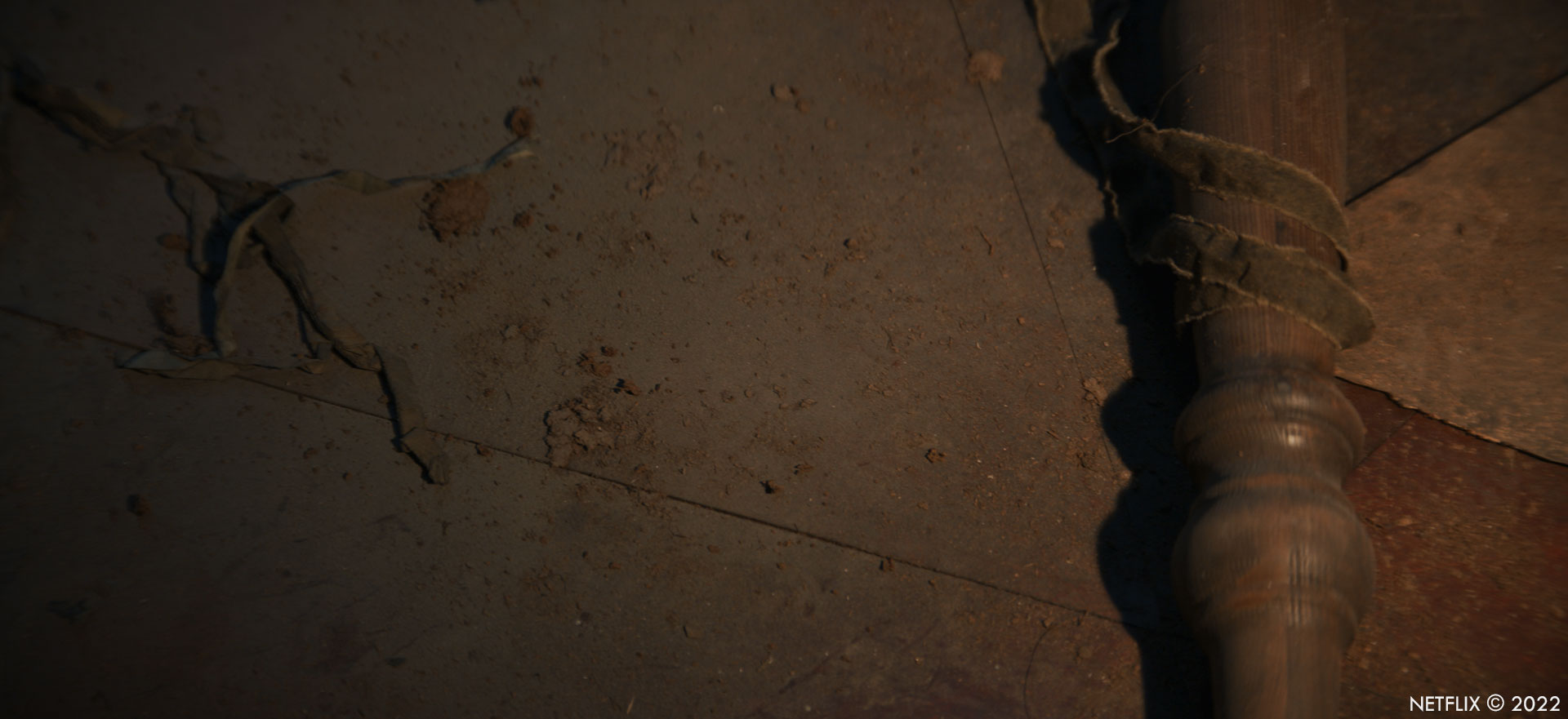
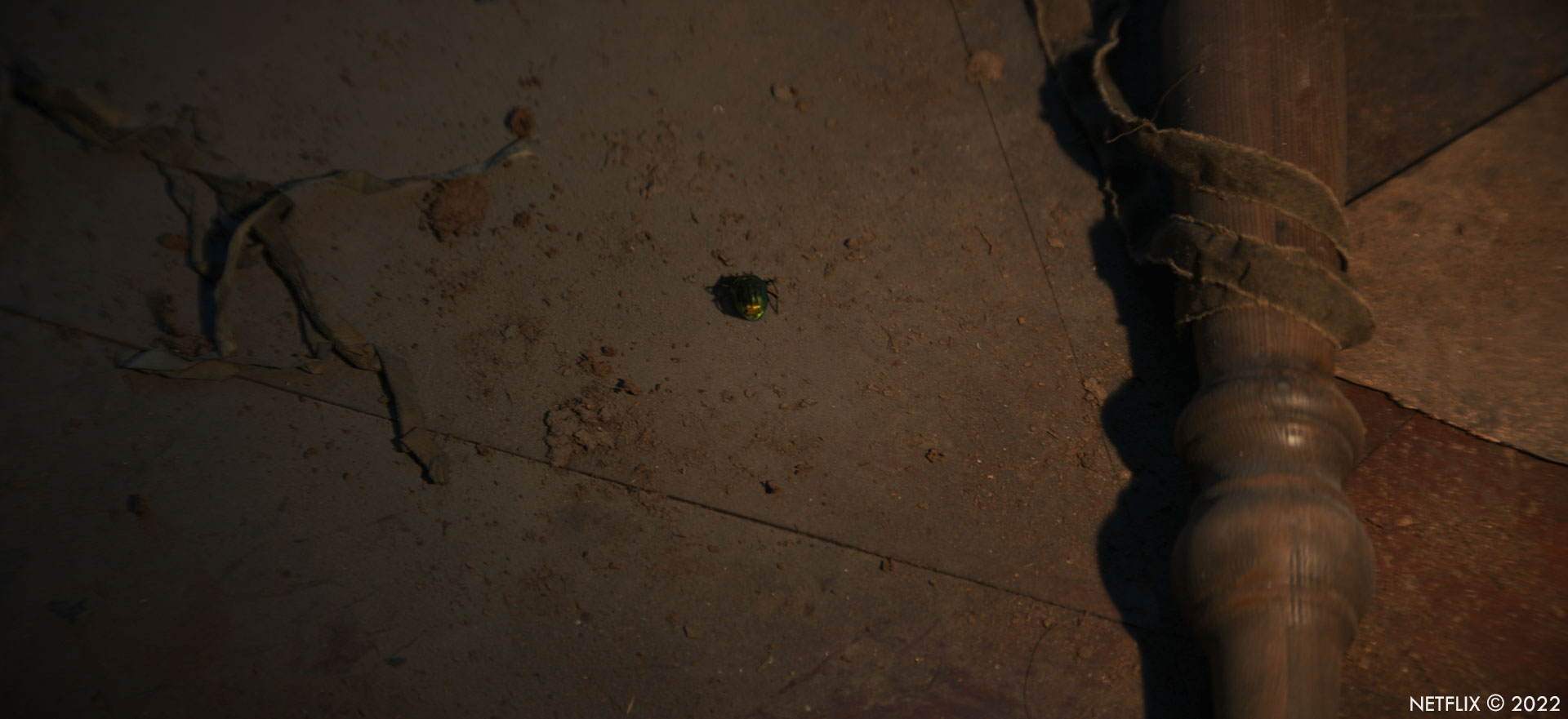
What were their expectations and approach about the visual effects?
This is a show where the story is front and centre, we could see that right from the start in the choices that were made around how to utilise Virtual Production. That’s not to say that the visuals were not important though, the team did some really ambitious things with the sets and the LED volume. But everything was about the story and the actors’ performances, and the VFX work had to support that. I wouldn’t call it ‘invisible VFX’ as there are so many odd situations that the characters find themselves in where the VFX work was very involved and visible but, even in those moments, the work had to be supporting the mood and atmosphere of the scene. It made for some interesting challenges – are we looking for photoreal or surreal in this scene? Maybe it needs to shift from one to the other? These are the kinds of discussions we had about the shots regularly.
How did you organize the work with your VFX Producer?
DNEG’s VFX Producer, Vicky Gillett, and I knew right away that we needed to hit the ground running as we were coming into the project a little later down the line. We had a number of very subjective sequences – Nina on fire, the fog, the time-freeze, etc. – where we really wanted to put our energy into making sure we were on the same page as Bo and the team. So, while we were working through things like assets, rotos and matchmoves, we utilised our amazing global team to break out each key sequence so that smaller units had more ownership of the creative. Our DFX Supervisors, Mohinder Subramanian and Tom Edwards, as well our CG Supervisors, Lucas Janin and Pritesh Krishnappa Kotian, our concept art teams, and a whole host of other amazing artists were able to start working through some of the technical and creative challenges quickly so that we could start a collaborative dialog with our client.
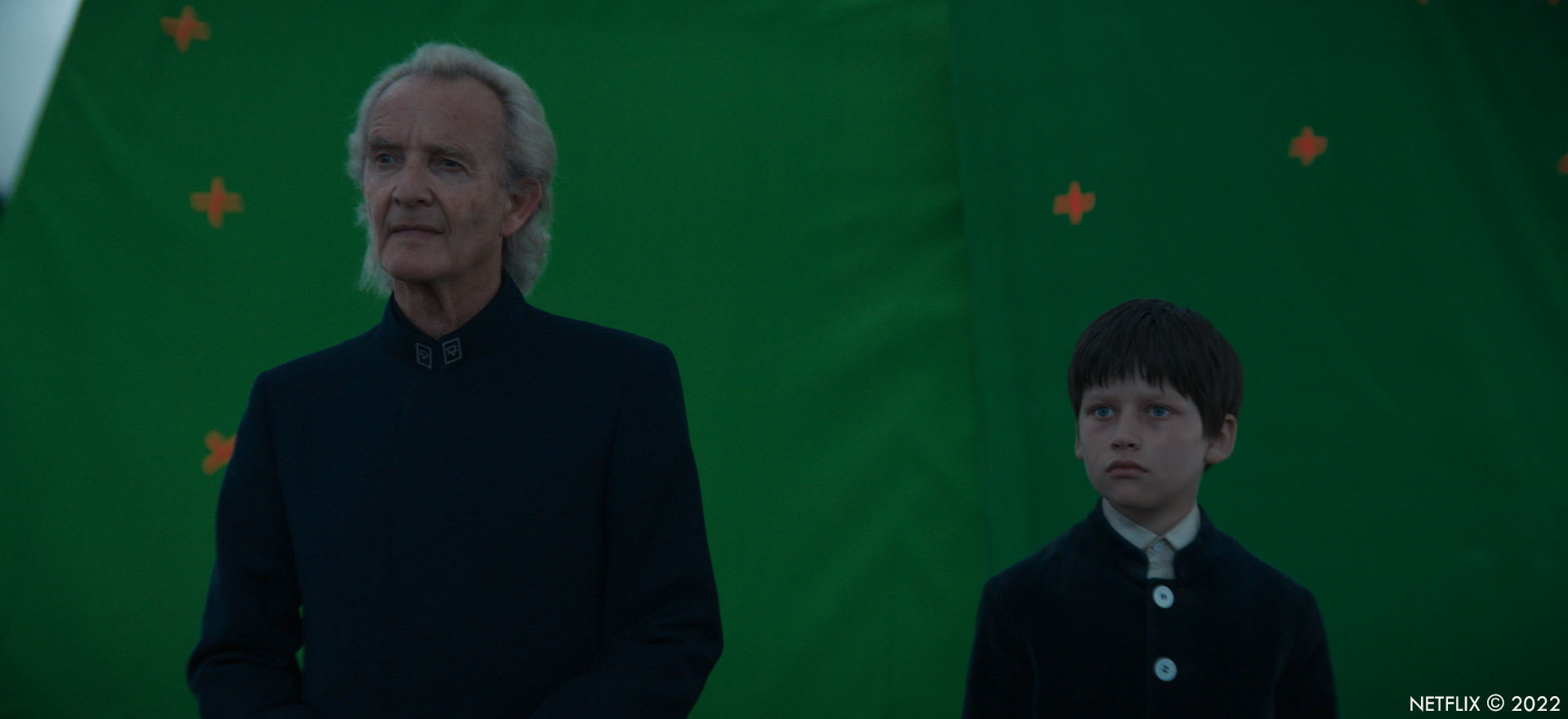
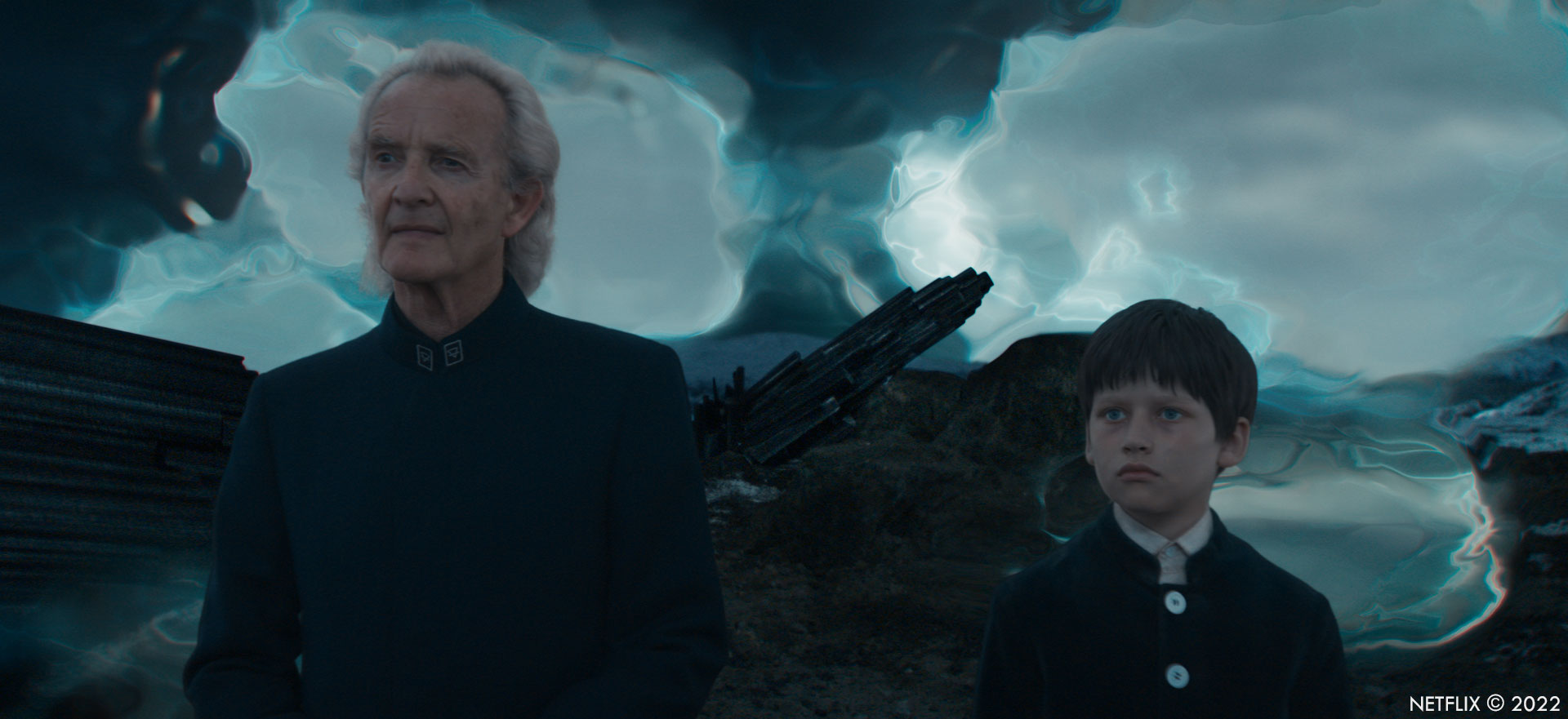
What are the sequences made by DNEG?
We worked on several key sequences including multiple Rose Chafer bug sequences; the Wheelhouse storm; the bullet freeze; Eyks’ house on fire and Nina on fire; the fog; the mental institution; the desert; plus many others! We also worked on some portal sequences, and environment transitions. And we worked on the CRT TV sequences – I had to explain to our younger team members what a CRT TV was!
Can you elaborate about the design and creation of the Rose Chafer Bug?
This Rose Chafer is an important guide through our characters’ journeys, unlocking unusual spaces as we move through the story. Visually, the bright green iridescent carapace really contrasts against the often darker palette in the scenes, and capturing that in CG was a priority. To begin with, we referenced the live specimen from the set which was used to shoot one scene. We also used a host of photographic and video references for the insect – we really wanted to get the details right. During the process, we noticed the bug has quite a few hairs that wouldn’t necessarily be a feature in the show, but we wanted to include those kinds of details to really make the bug feel real. When studying the movement of the real insects, we noticed an interesting challenge – you rarely catch these insects walking around because they have wings. While we built in some wings to help the shape be more accurate, there was no intention in the story of having the bug fly. The insect’s job in the story is to take our heroes from one place to the next and, as such, it needs to walk and crawl to get there. Also, Bo wanted to have the insect’s performance feel real most of the time but occasionally be a little more robotic in its movement to hint at something being not quite as it seems. In one sequence, it almost acted like a pet as the boy tried to get it in his hand. So, there were some nuances to explore with our friend the bug!
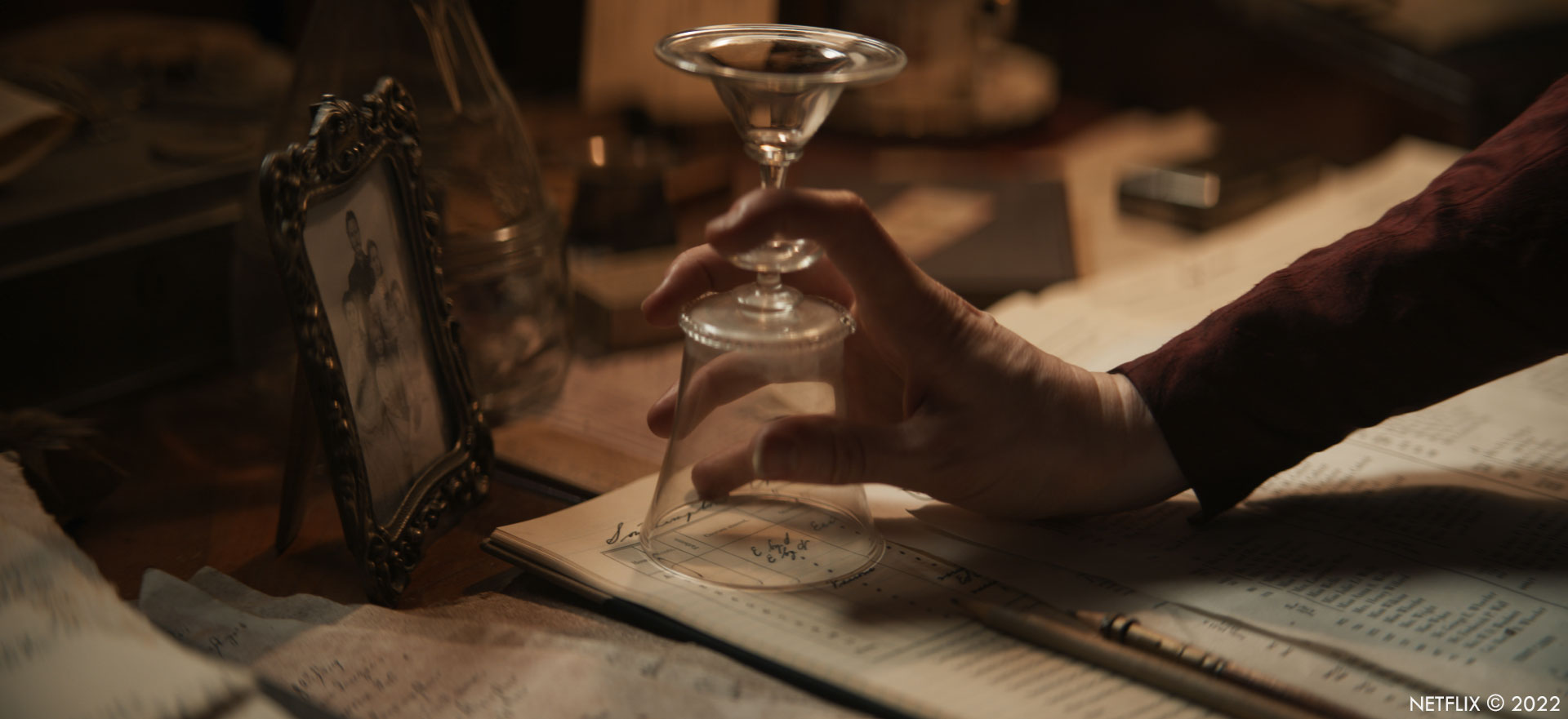
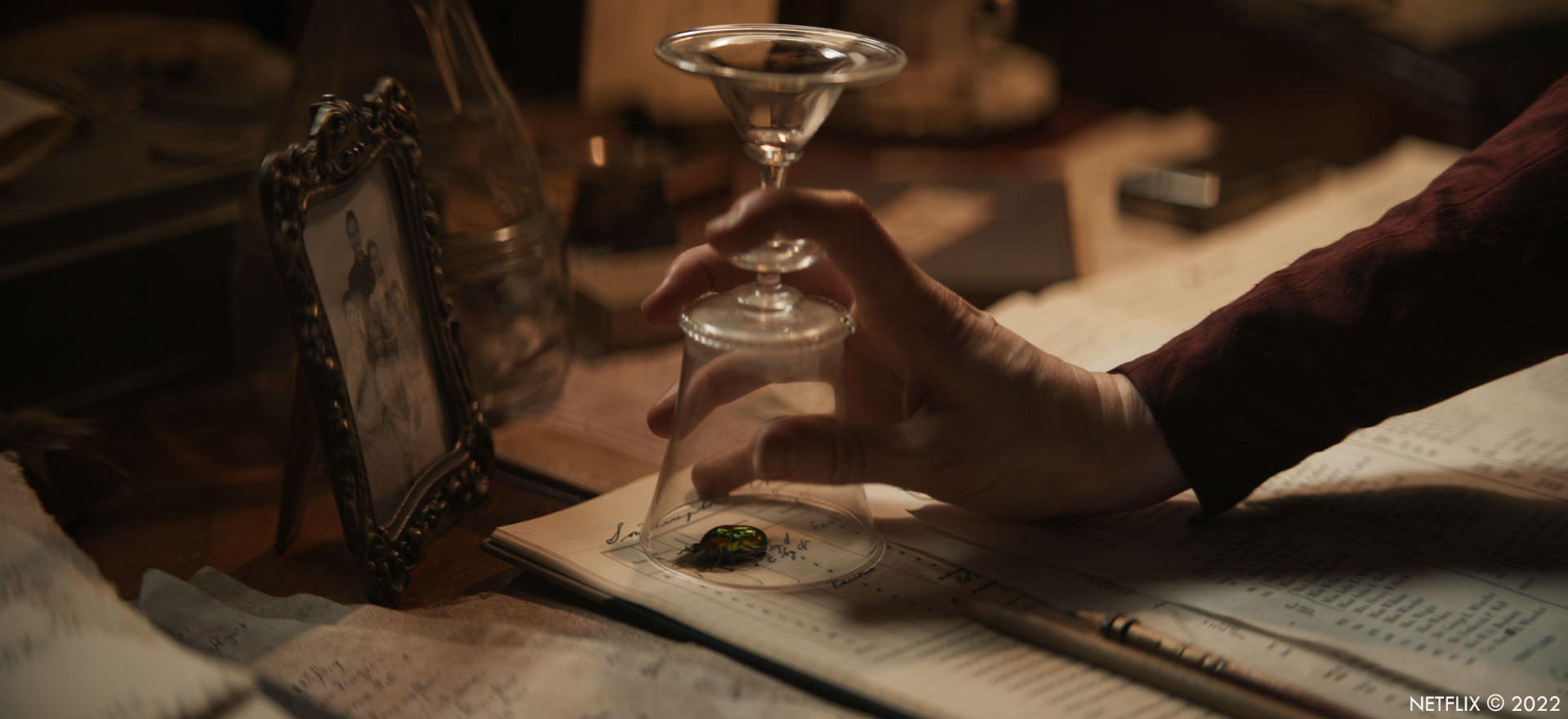
How did you handle his lighting?
The on set team had shot HDRIs and reference lighting, so it was pretty straight forward. The key was to get the iridescent look right in advance. We had to add a creative fill light here and there to make sure you could see it in the darker spaces.
Can you explain in detail about your work on the surreal manor house fire?
The plates for this sequence were shot in a field with a large light array that would trigger as the fire increased in volume. The manor house was based on a series of photo references selected by the client with some input from us on window shapes and sizes. We built the house in 3D, as we would eventually need to burn it down as well as show it in the ‘after’ state later on. We also created an interior for the photographed elements of Nina and her mother to be placed in. The challenges we faced with the house itself were due to the surreal nature of the sequence. It’s a very direct and frontal view of the house and it’s situated in a field with none of the shrubbery, paths, fences, gates etc. that you might expect to find around a house. So, dressing it into the plate was a bit of trial and error. We had this challenge on many things in the show as we wanted our elements to look realistic but feel slightly ‘wrong’ – in the same way that characters are unsettled. Creating VFX that looked and felt ‘wrong’, without it looking like we’d actually made a mistake was a tough line to walk! The fire was mostly CG simulation work with smoke, fire and ash elements.
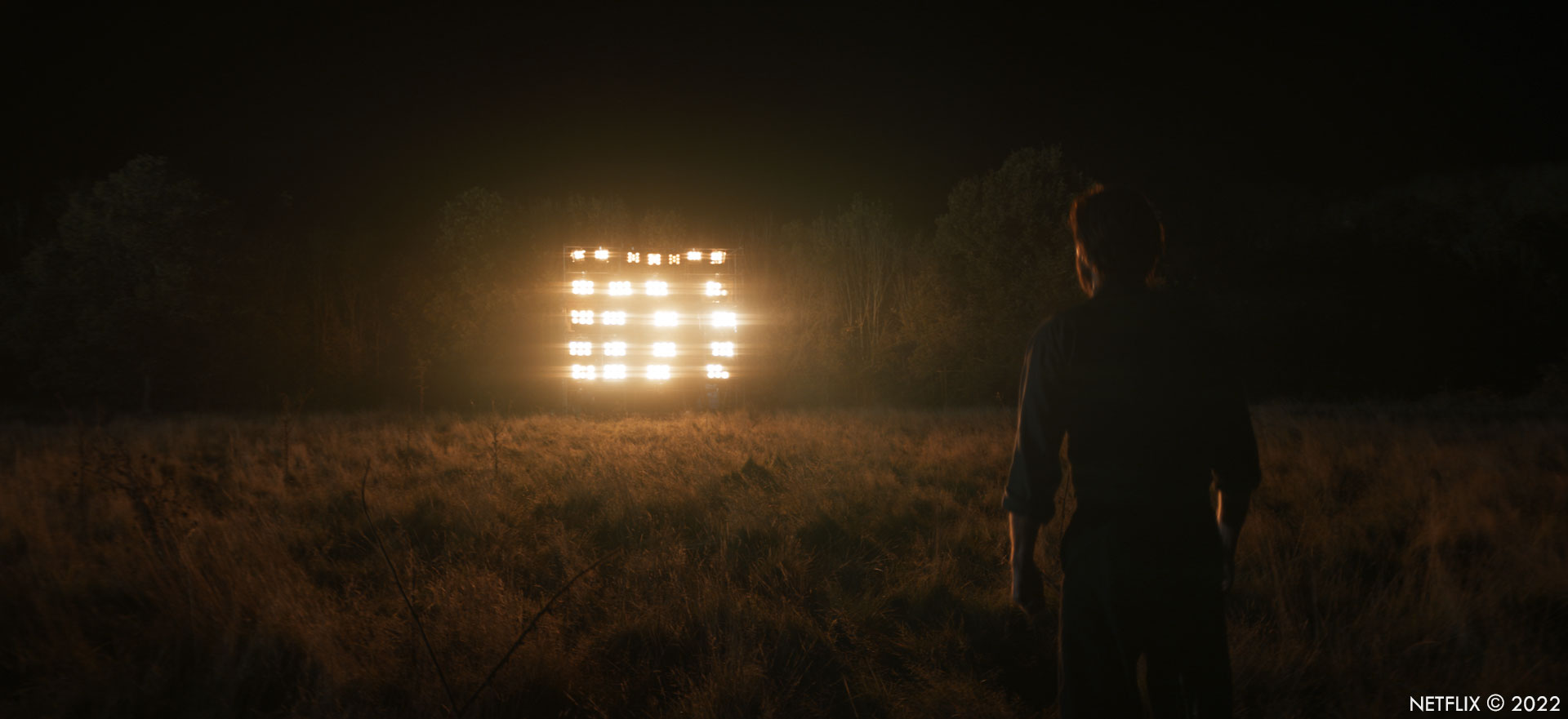
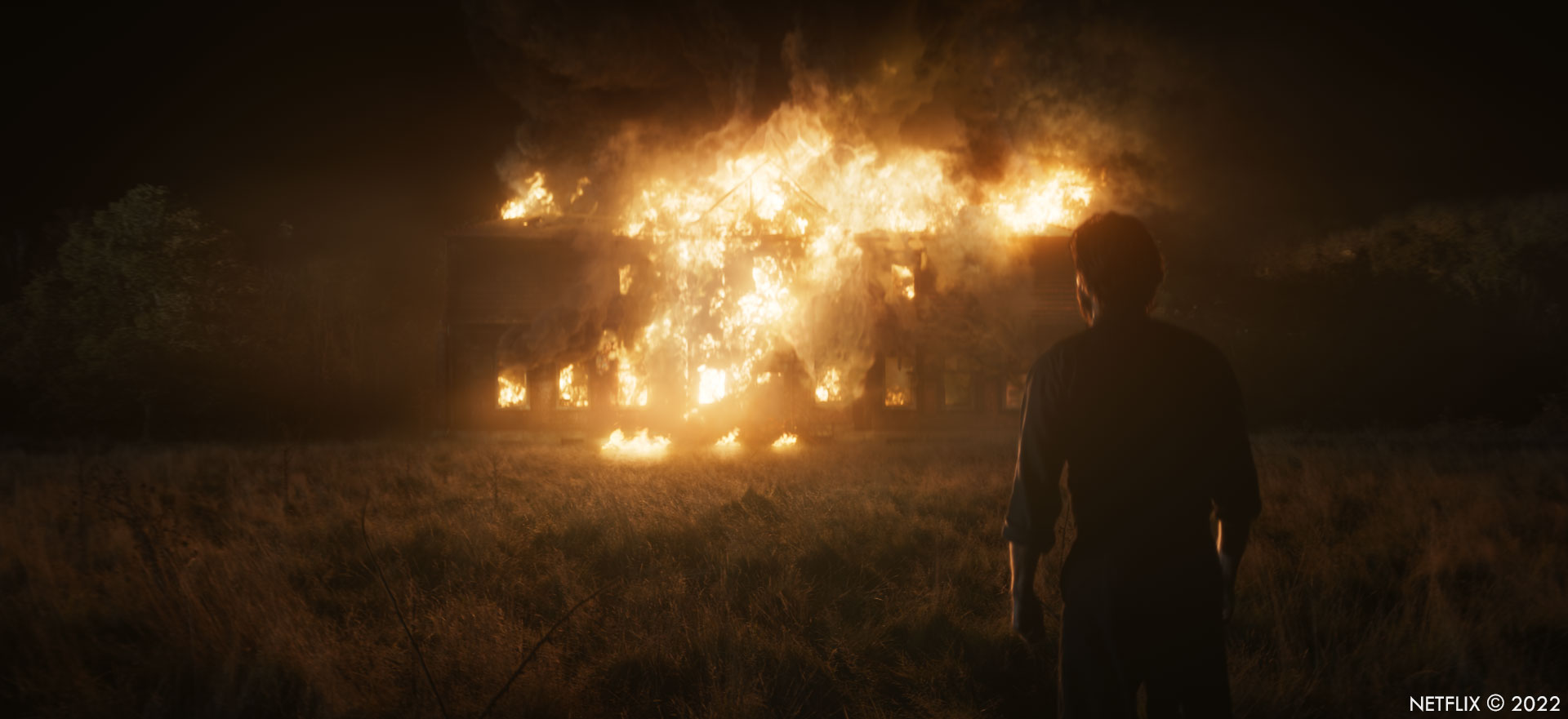
How did you art direct the FX fire?
The interior fires that start it are a combination of shot elements and CG. Because of the rapid spread of the fire across only a few shots, each shot was a little different. For the last two shots it is almost entirely fire and smoke simulations along with the burnt CG asset. The key was to get the progression of the amount of fire and smoke right in the sequence, and then hone in on the character and lighting of the elements. We looked at a lot of fire footage reference, with a heavy focus on the lighting and movement of the smoke.
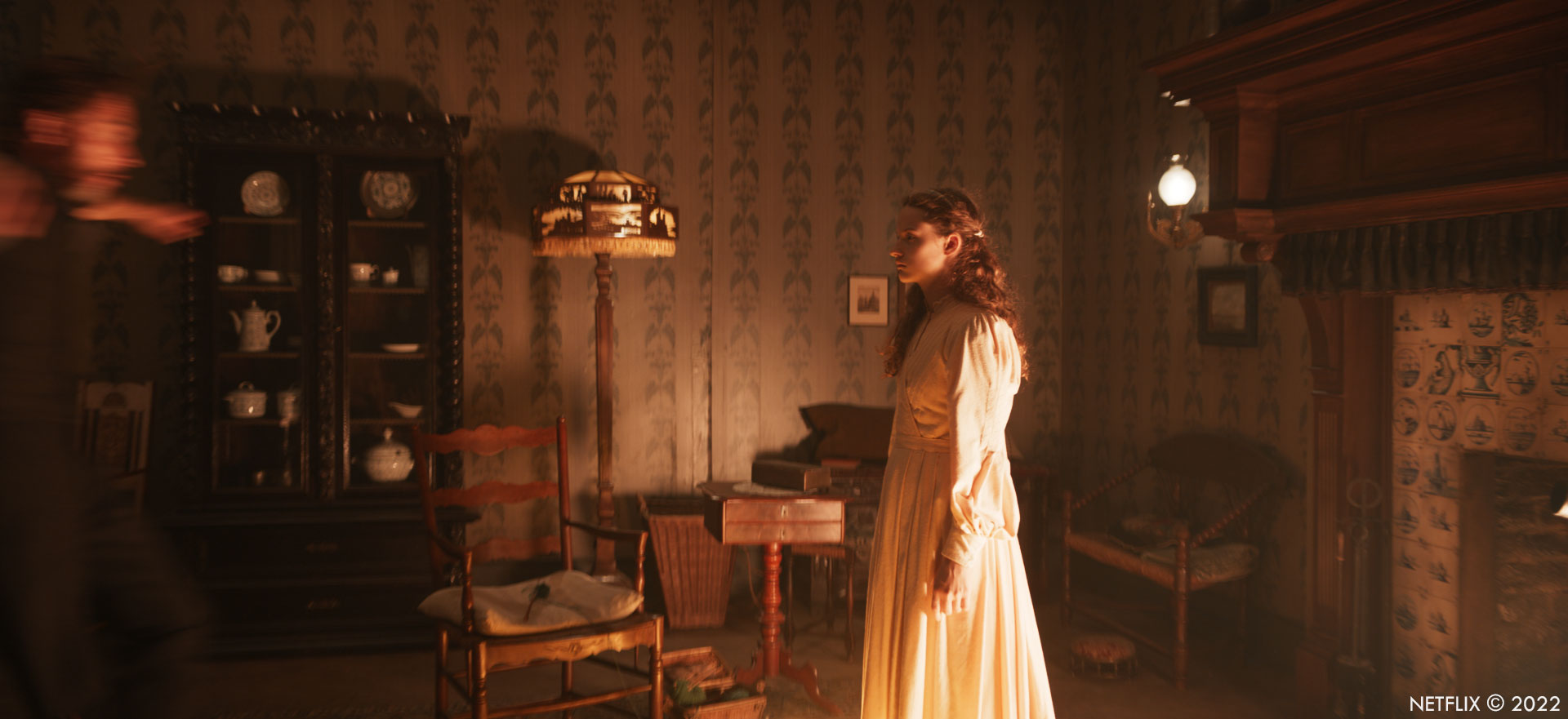
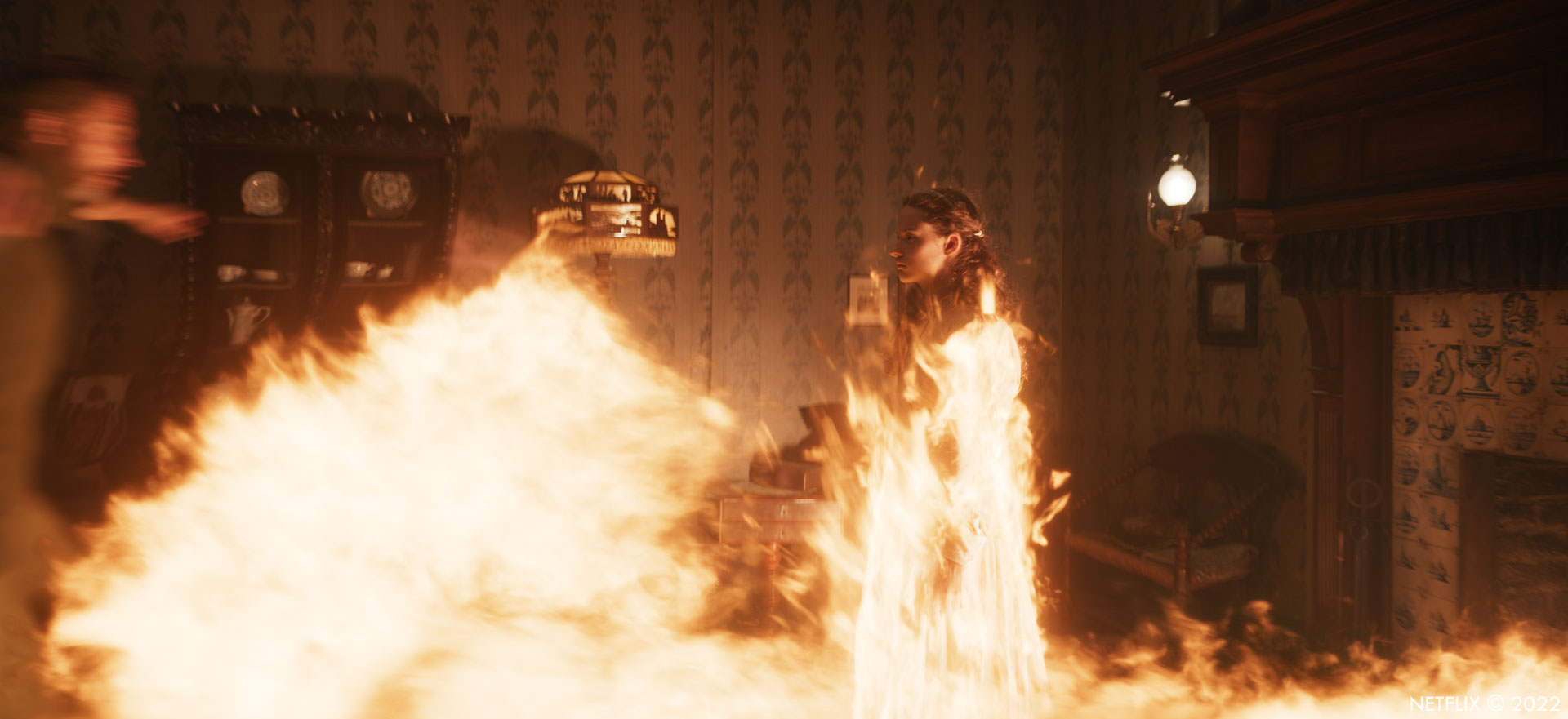
Can you elaborate about its shooting and creation for the time freeze sequence ?
There were a few components to this scene. Firstly, there was the transition from real-time to frozen-time. The client wanted to see the effect happen in depth so that the audience was clear that there was something more to it than just switching to bullet-time. At the same time, there was no desire to have it be an overwhelming VFX effect. We tried a variety of warps, but they all looked too flat and two-dimensional. In the end, our CG Supervisor, Lucas Janin, had the idea to call in our wonderful DNEG Stereo team to get their expertise in dimensionalizing the footage so we could create a relatively simple depth in the effect. So, a combination of stereo and compositing techniques brought the ‘wave’ to life in the scene.
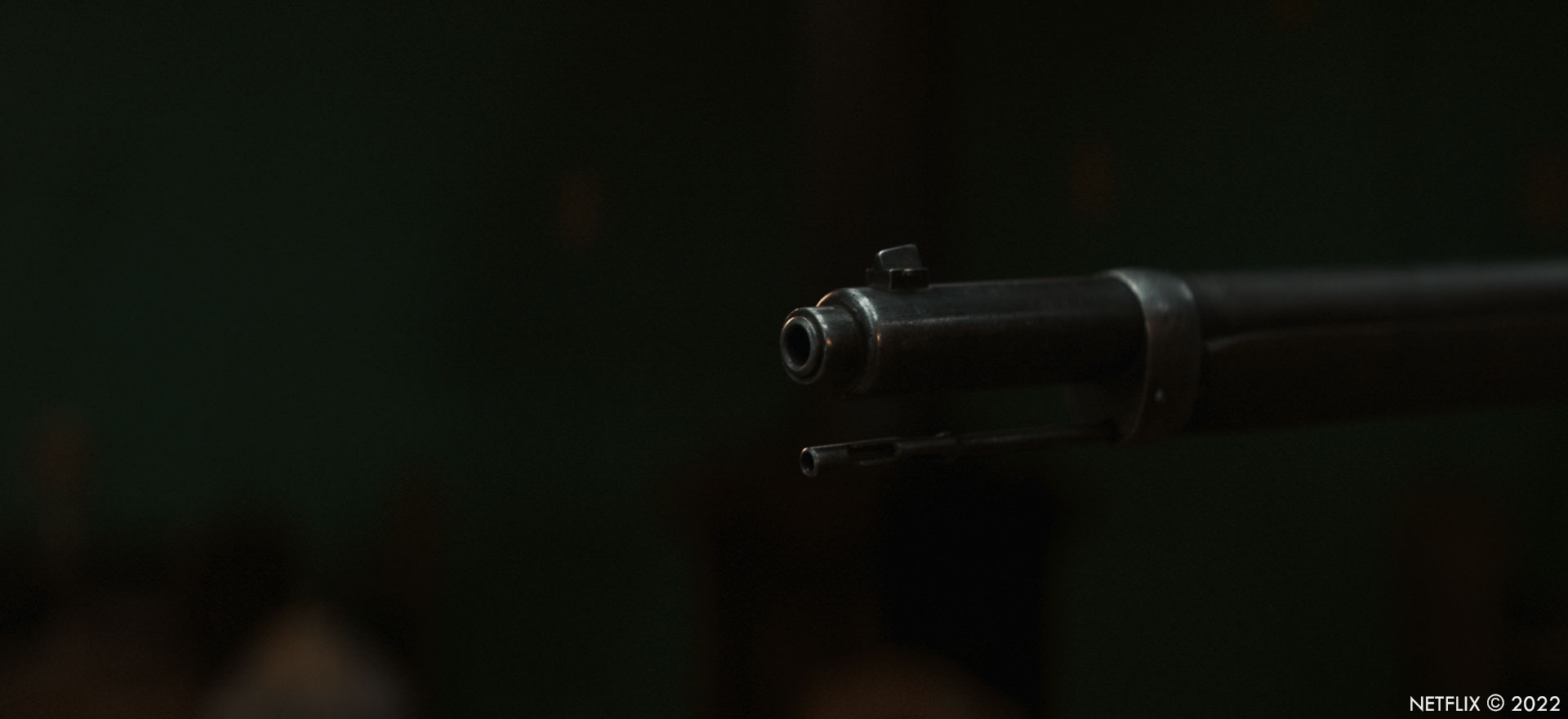
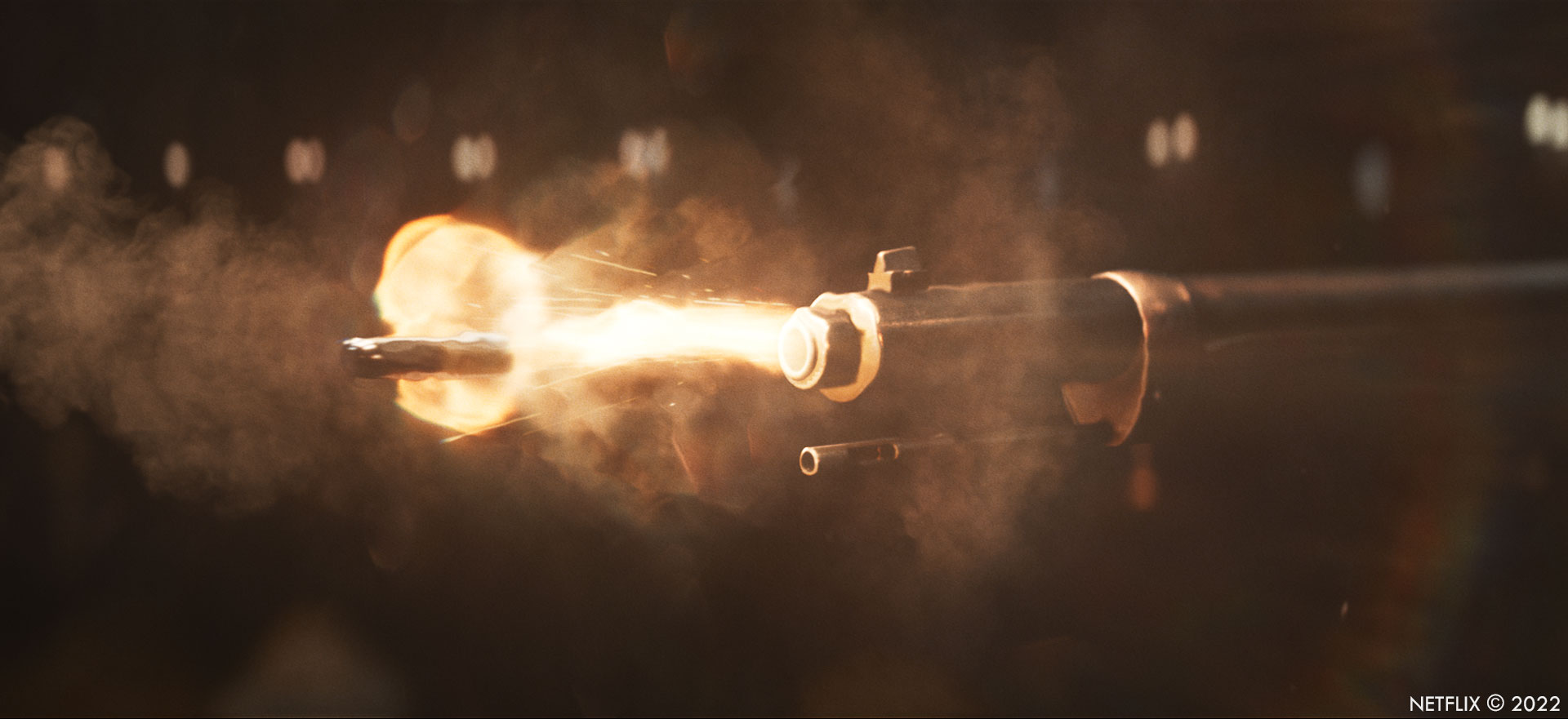
The travel of the bullet, along with the muzzle flash, was more traditional VFX. Because many of the shots were recorded at high frame rates, the LED volume could not be used. Wherever that was the case, we employed traditional set extension techniques for the background. The bullet was a CG asset which we used alongside FX elements to create the sparks, ejection flash, and air disturbance around the bullet.
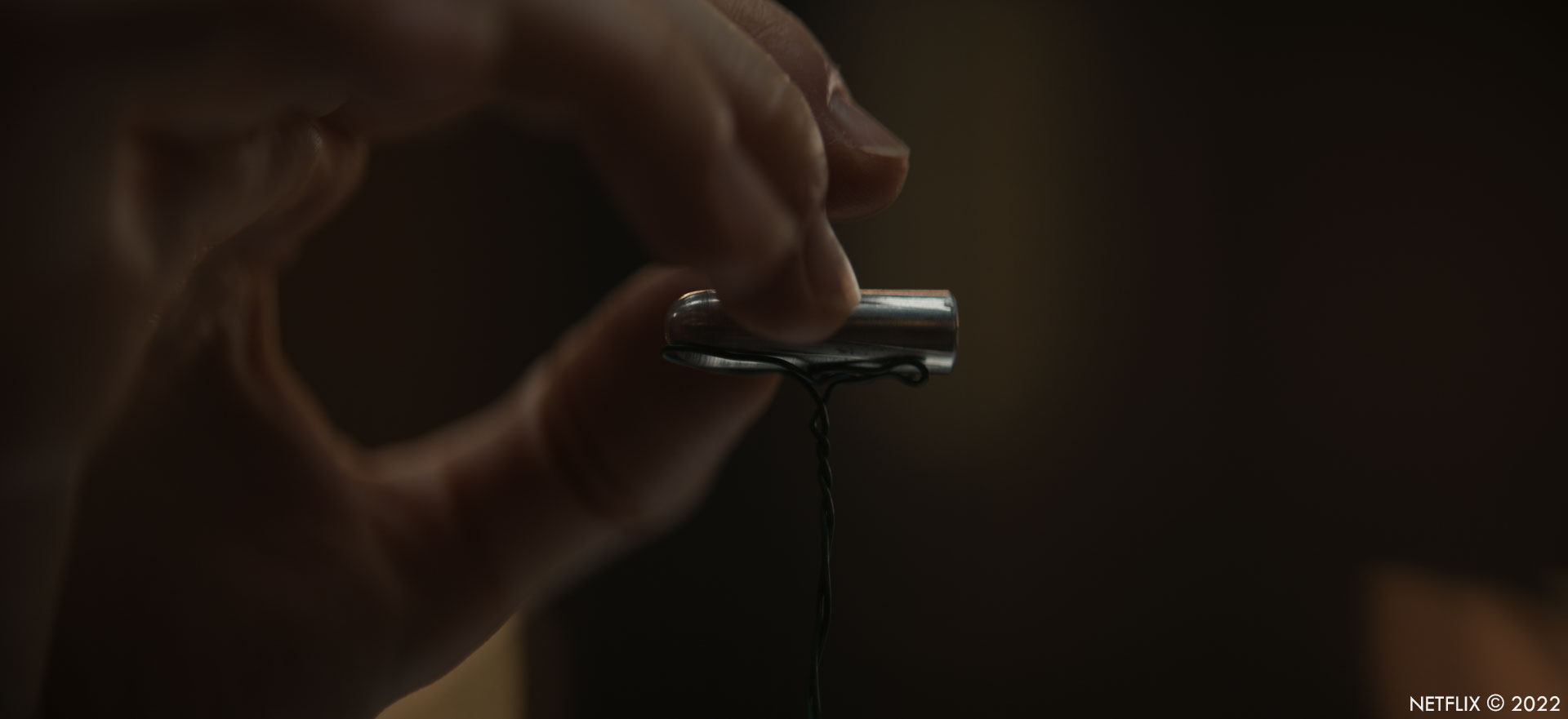
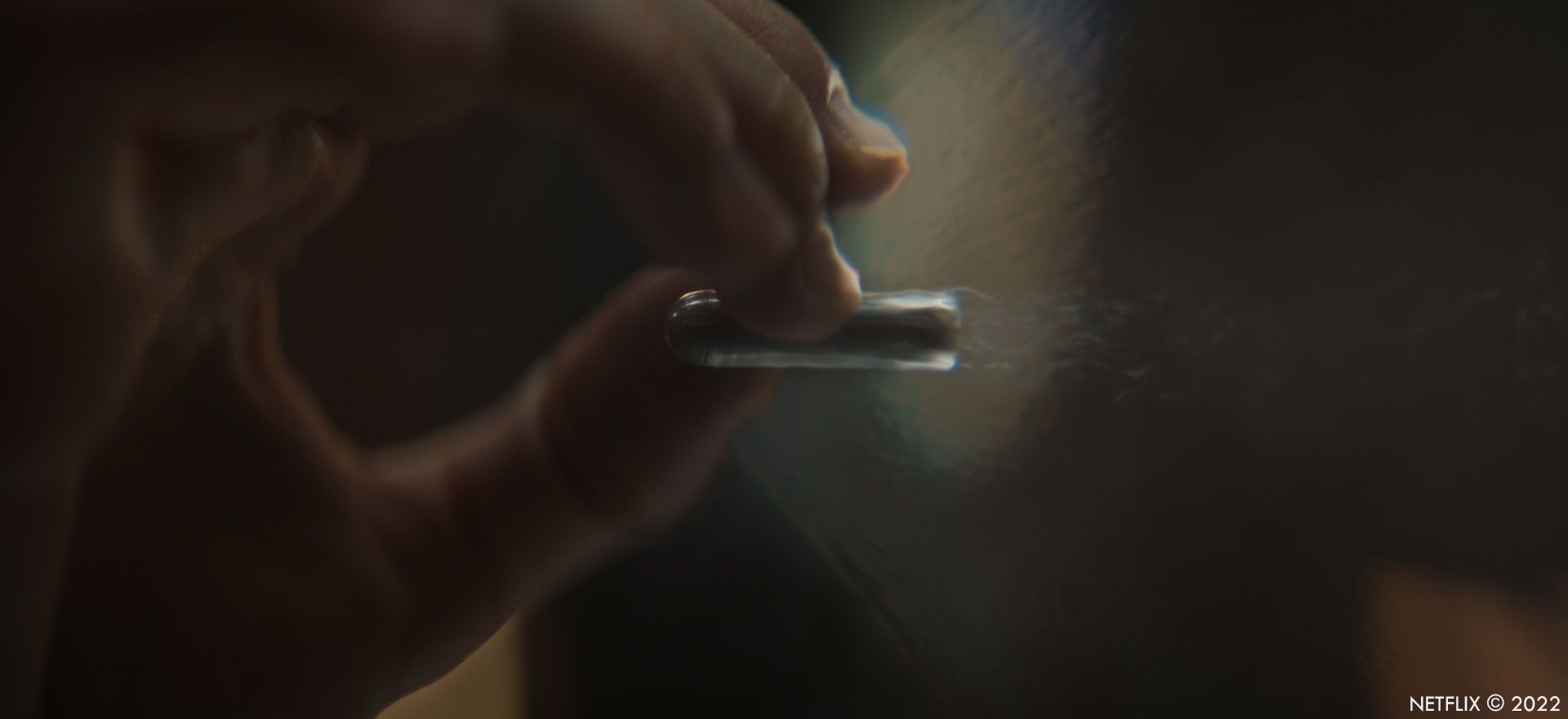
The actors frozen in place were supported with stands on set. All the actors were practically shot and our paint and compositing teams helped them stay even more still in post.
The trickiest part of this sequence was when Maura plucks the bullet out of the air. We had to take the last position of the FX elements and create a slight disturbance based on her matchmoved fingers. Getting the amount of disturbance looking right was a challenge and we tried a few different variations before we got something that everyone thought looked correct in the scene.
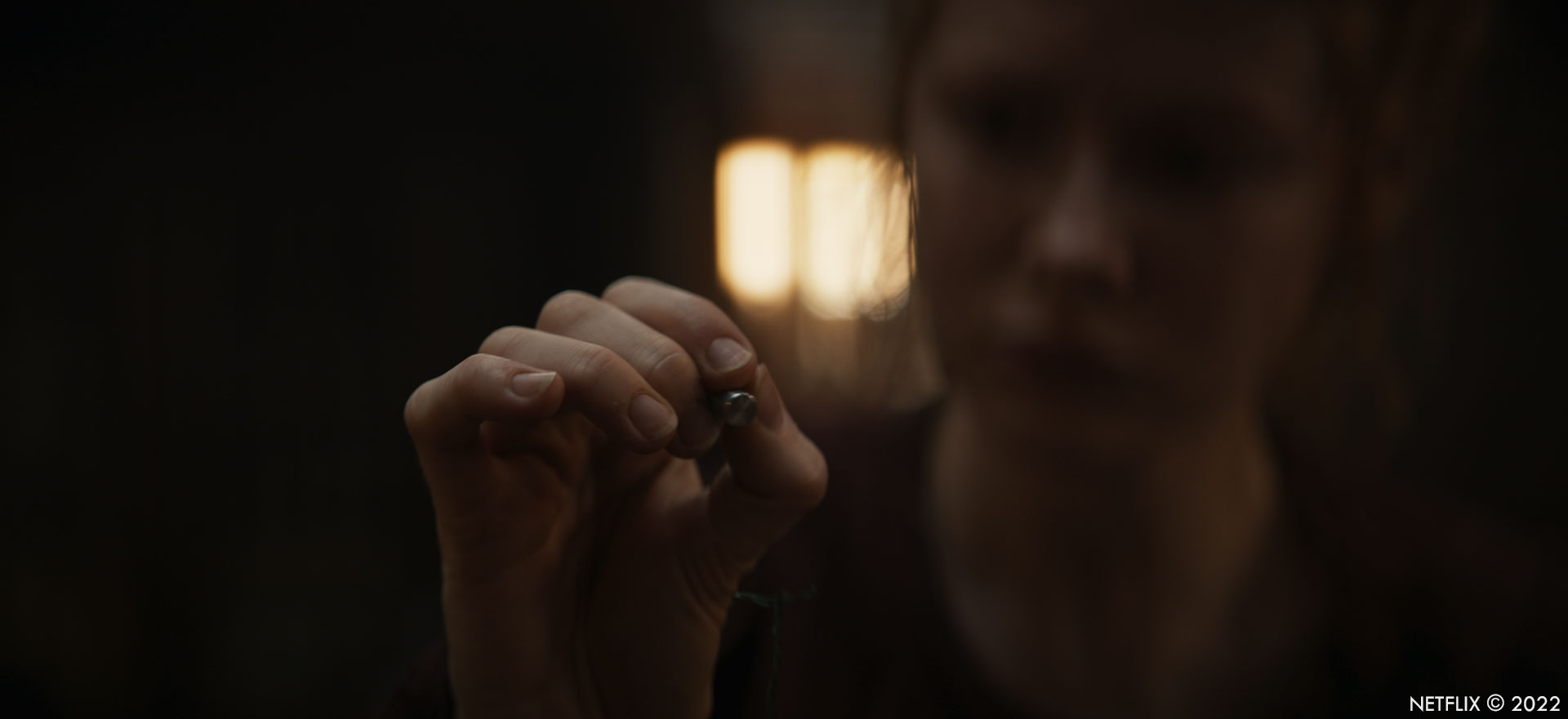
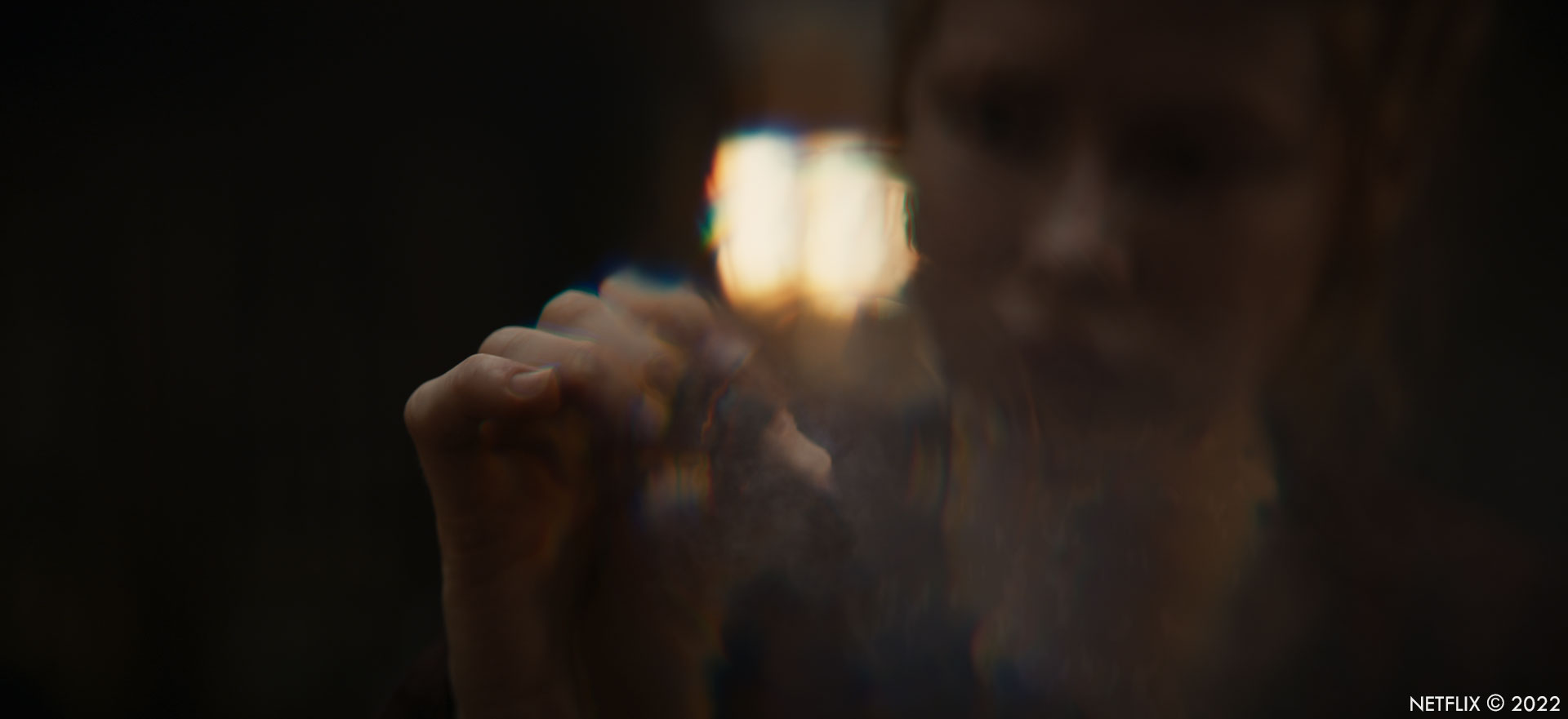
How did you create the FX for the magical fog?
In all but one shot, the fog was created as FX elements. We started with the idea of an unusual formation or mass creeping into space. The brief was to indicate to the audience that this was a ‘purposeful’ fog. We tried adding fingers of fog that appear when the character reaches out to it, and that idea was so well-liked that we ended up going back and adding more arms and fingers of fog to the wider shots. It evolved into more of a fog creature! At that point, our animation and FX teams started to collaborate on the timing and movement of the elements. It was a tricky sequence for compositing as it required a fine balance of integrating the new CG fog into the scene, which was shot with practical fog, while still keeping an obvious separation of the two. It needed to be clear to the audience that the fog coming in was acting in a mysterious way.
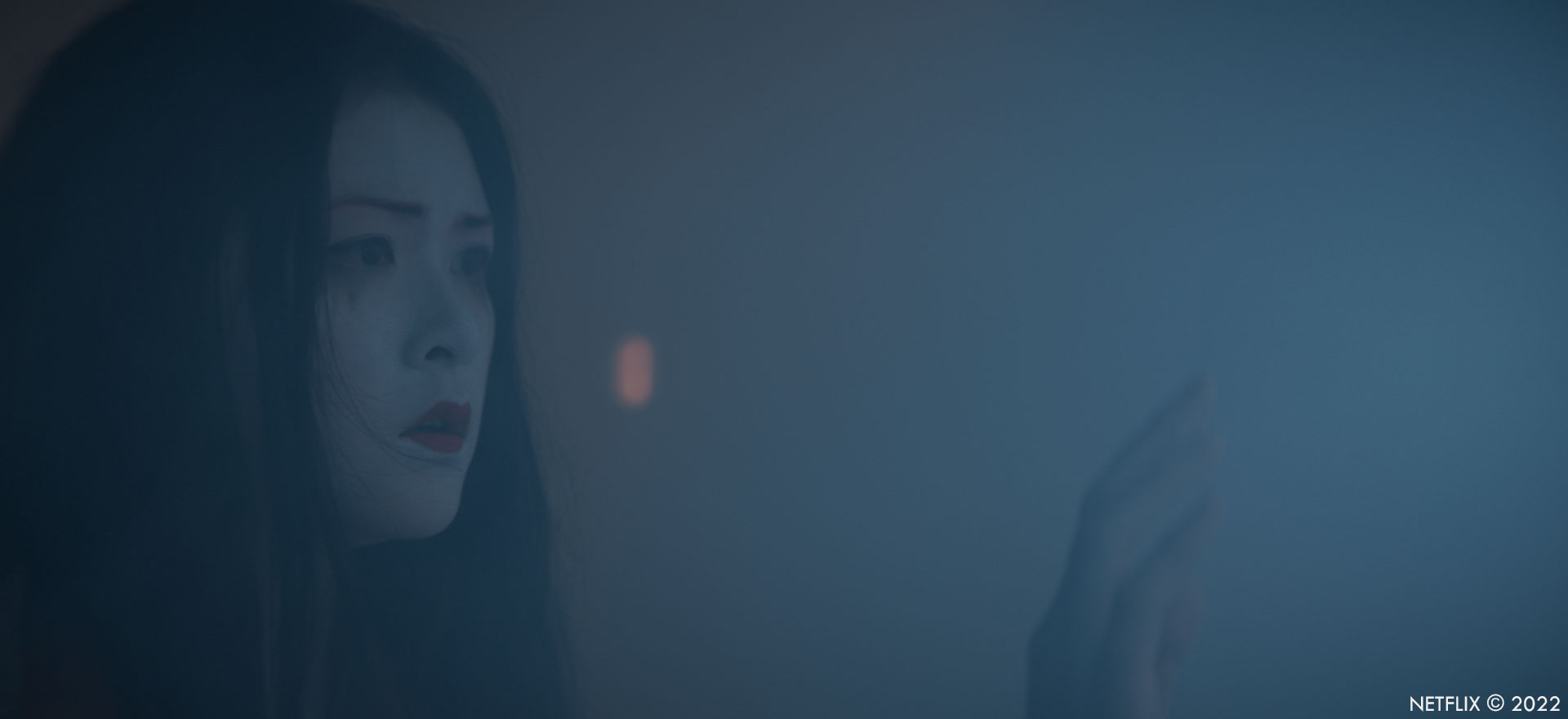
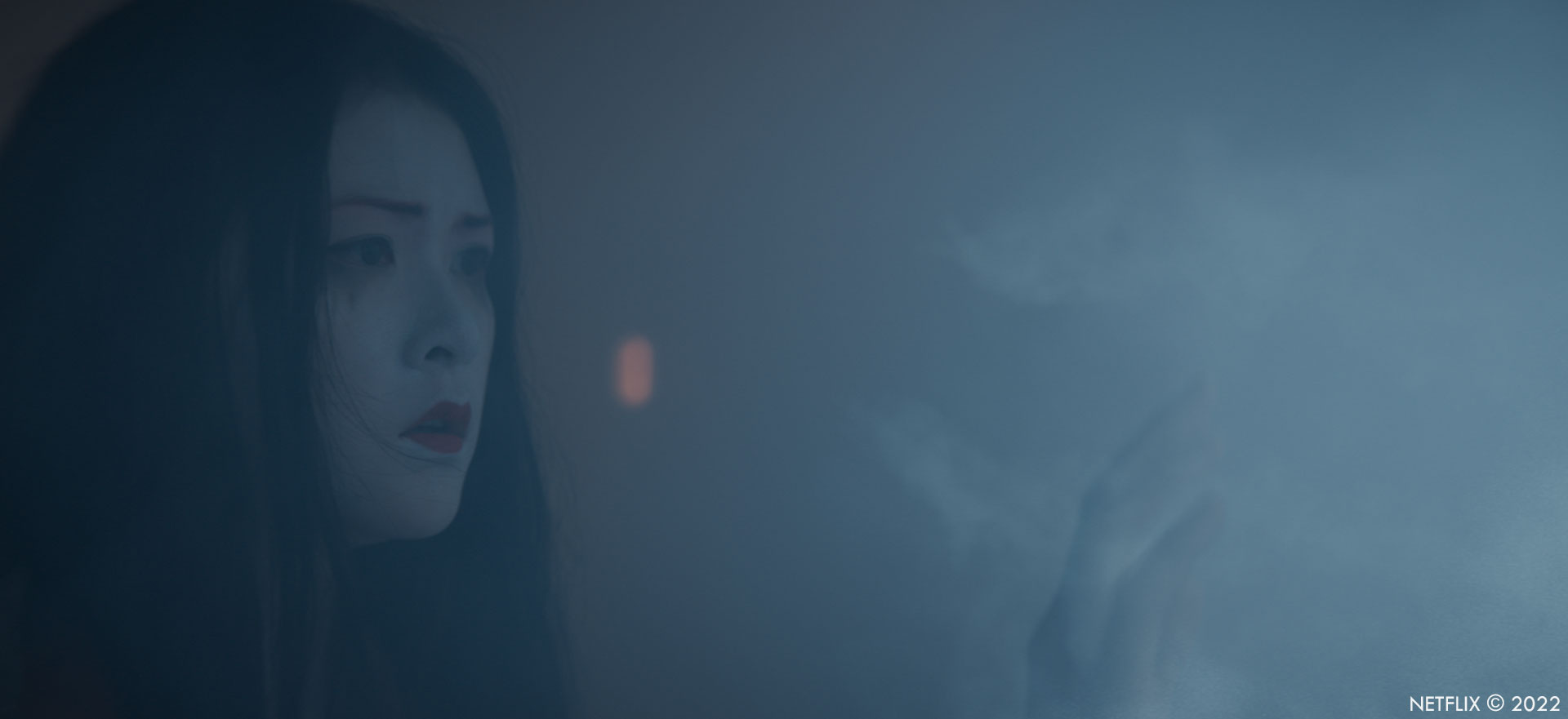
Which shot or sequence was the most challenging?
I think the fog shot where Ling Yi is enveloped was a tricky one. It’s head on, white on white on white – balancing that out was challenging. Also, it was easy to lose elements as they came toward the camera. It was a fine balancing act.
The toughest sequence was probably the Storm in the Wheelhouse. There were ambitious creative goals and a lot of logistical constraints. The team and I had to really get creative in our problem solving to figure out that balance.
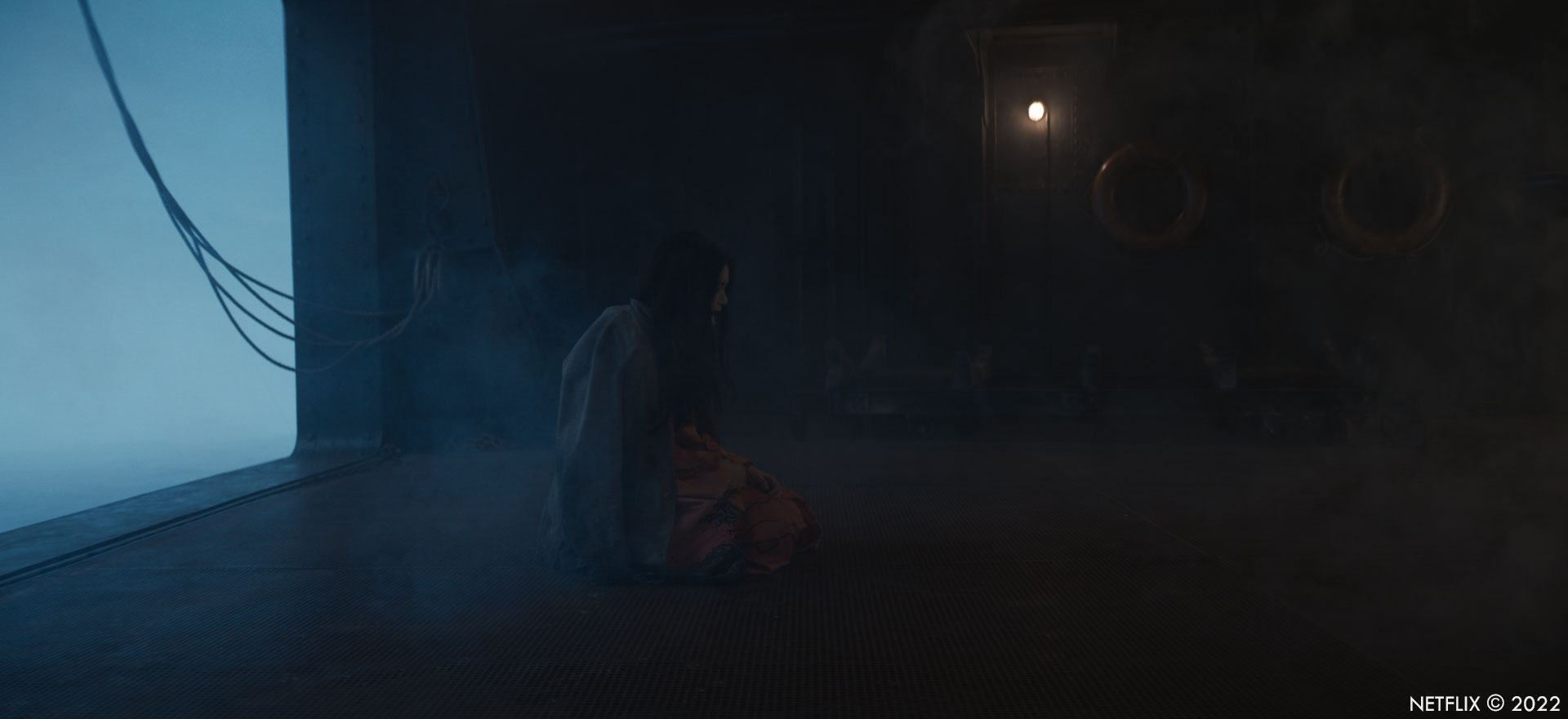
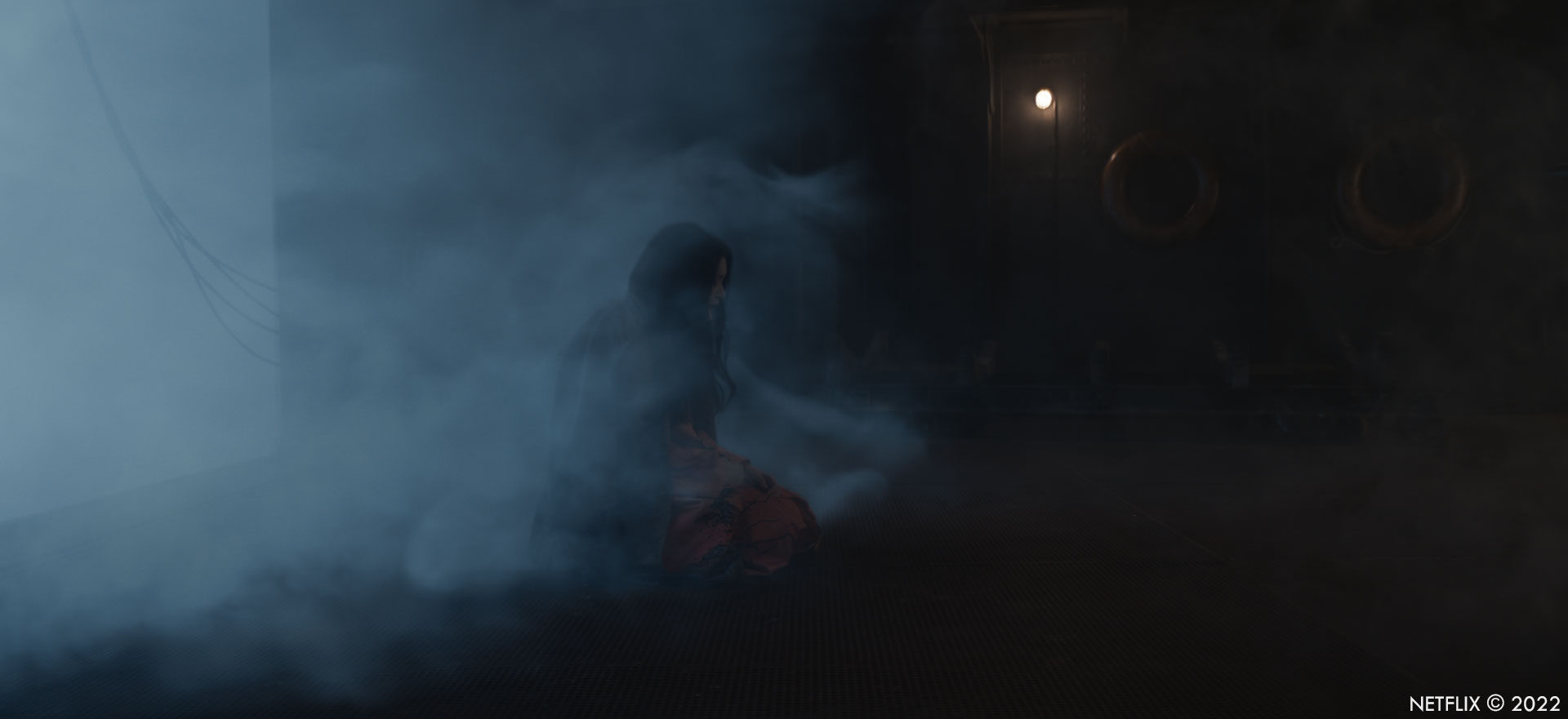
What is your favorite shot or sequence?
It’s an odd choice, but I really like the shot where Eyk picks up his compass and it’s going haywire. We needed to build the interior and compass arm, and the glass, and then get all the reflections right. It’s a great example of our build, matchmove, animation, lighting and comp teams working in harmony. It’s not the biggest, or most spectacular, shot but it’s nicely done and oddly satisfying.
I also really like how our Wheelhouse storm shots turned out. They work really well with the rest of the shots around them, and we invested a lot of energy into planning that out. It’s really great to see the teams’ hard work come together.
What is your best memory on this show?
I really enjoyed our client calls. It was a fun and experienced group, and we had a lot of laughs along the way. I also really enjoyed seeing our teams in all different locations really invested and helping each other out, especially towards the end of the show. That can be difficult in our remote world and I was really proud to see that collaboration.
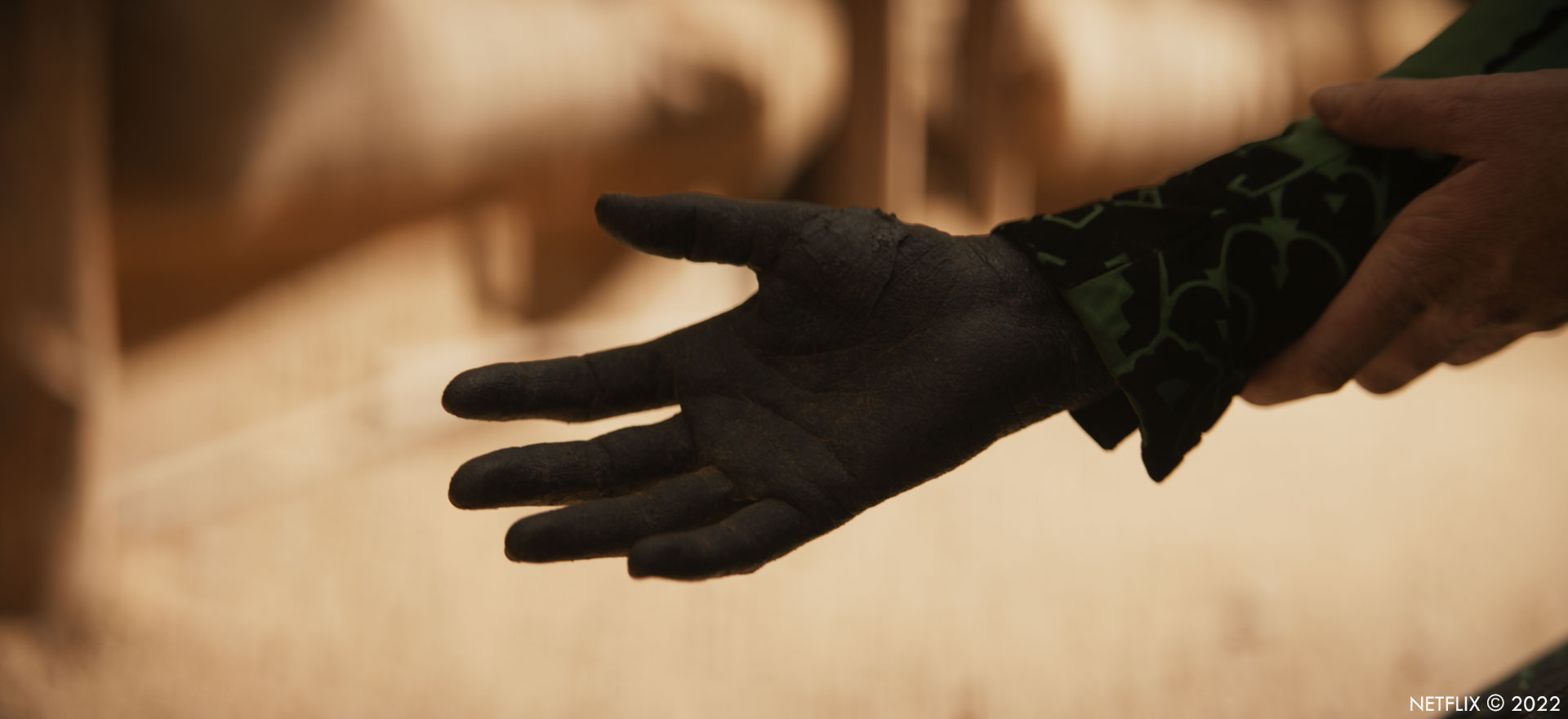
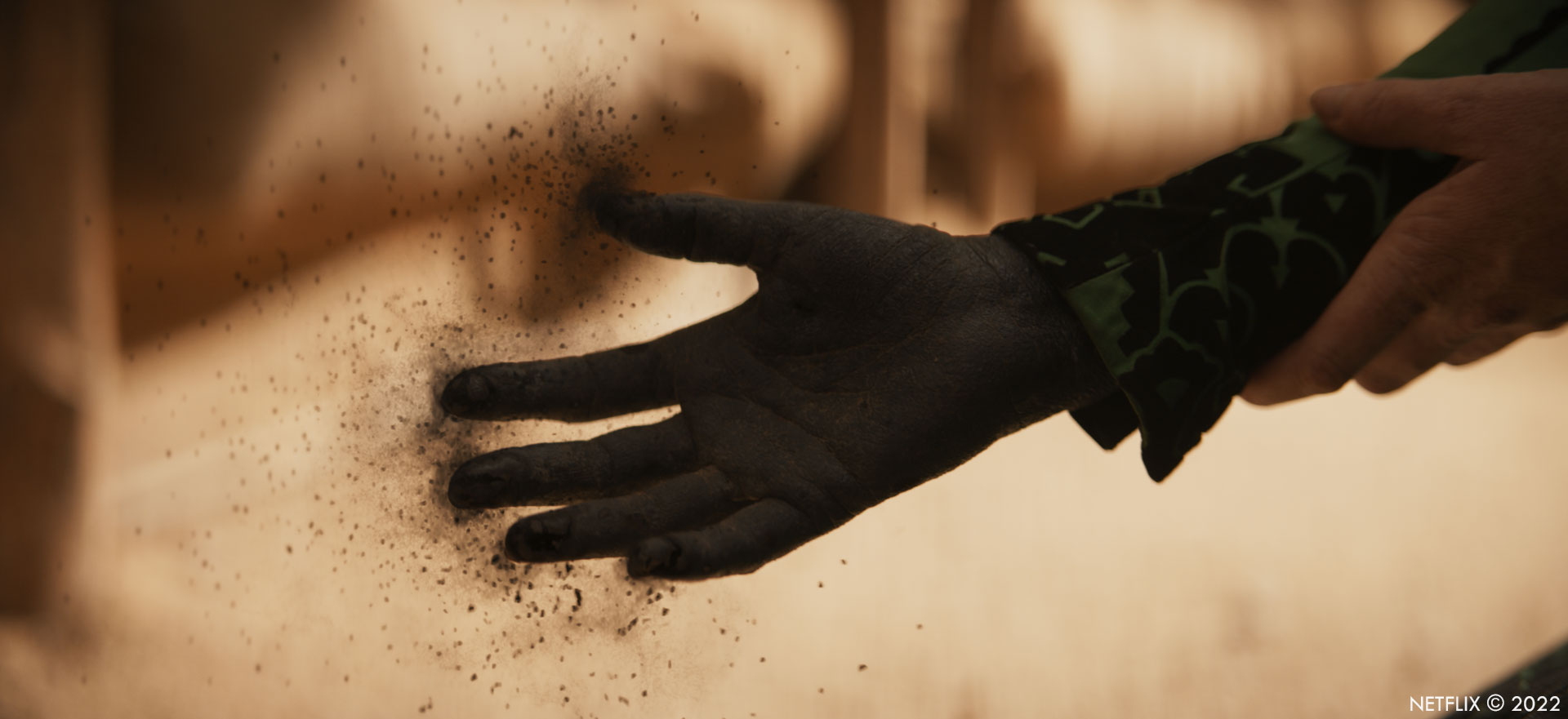
How long have you worked on this show?
We worked on the show for around six months.
What’s the VFX shots count?
Our shot count was 389.
What was the size of your team?
Just over 500 people worked on the show.
What is your next project?
That is top secret!
What are the four movies that gave you the passion for cinema?
This is the toughest question yet! There are too many to pick from.
My early influences were:
- Star Wars: The Empire Strikes Back – this captured my imagination at an early age, those AT-AT walkers are legend!
- Lawrence of Arabia – I love a good historical war movie.
- Jurassic Park – this is the movie that really opened my eyes about CG animation.
- Indiana Jones: Raiders of the Lost Ark – I can watch this movie over and over again!
Honourable mentions are:
- The Good, the Bad and the Ugly – of course!
- Enter the Dragon – and kung fu movies in general.
- Seven Samurai.
A big thanks for your time.
WANT TO KNOW MORE?
DNEG: Dedicated page about 1899 on DNEG website.
Netflix: You can watch 1899 on Netflix.
© Vincent Frei – The Art of VFX – 2023




